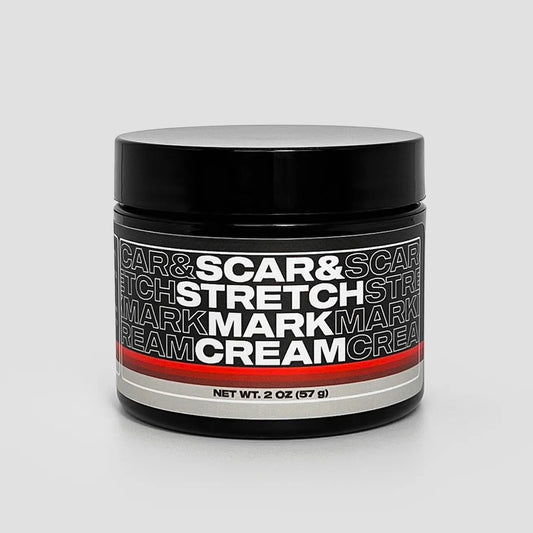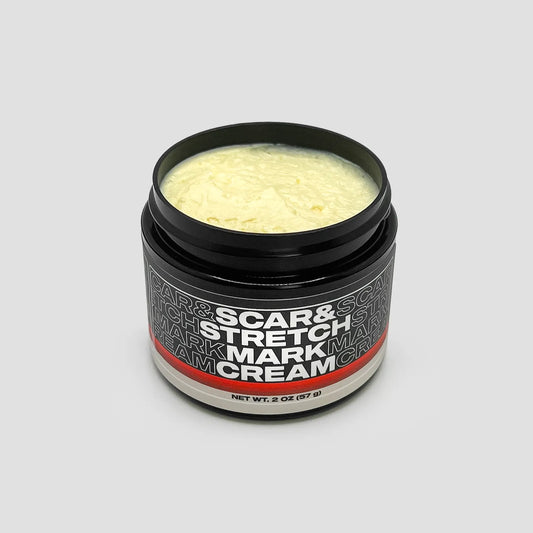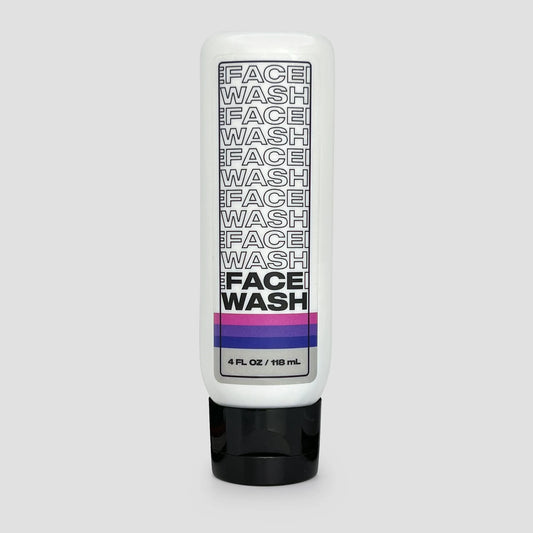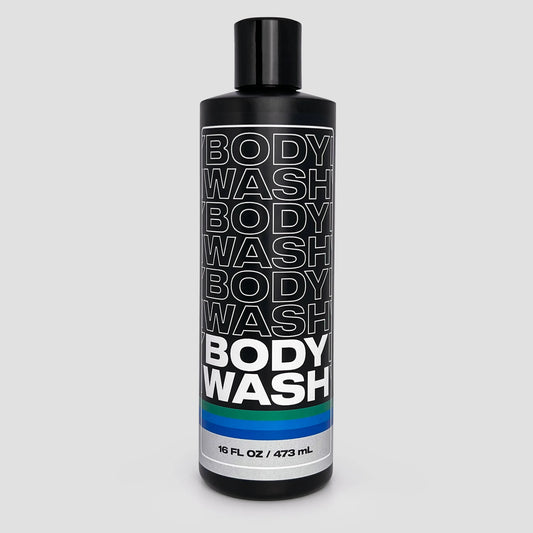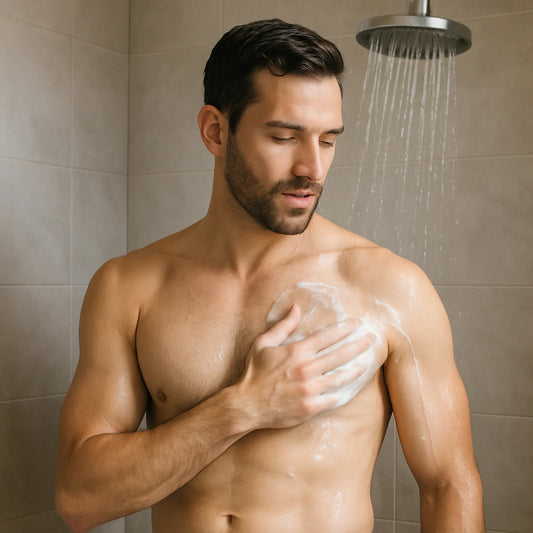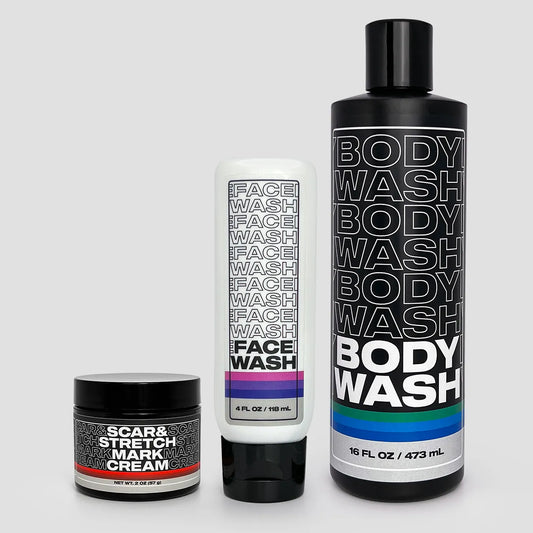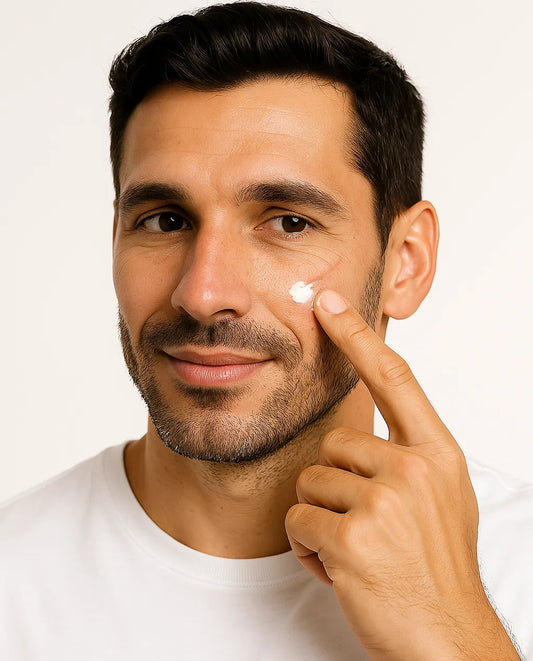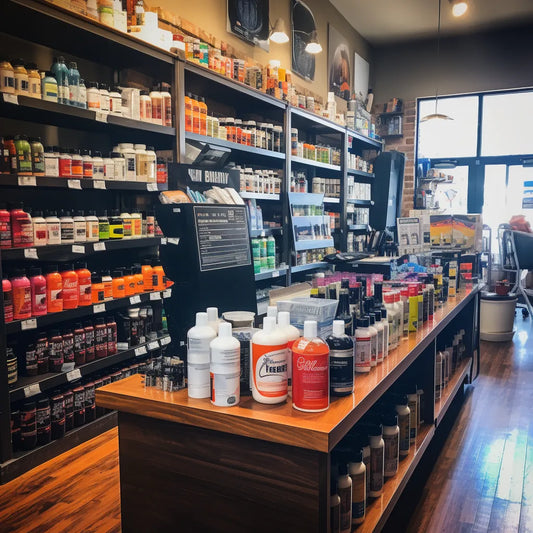
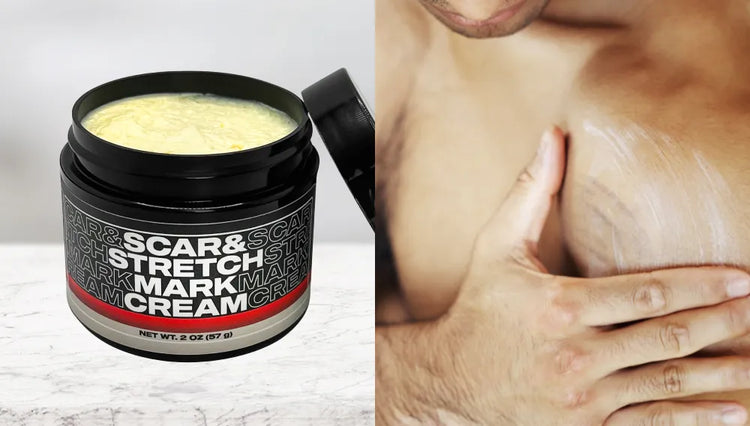
Ever saw a kickboxer and wondered how they obtained such a chiseled physique? You're in the right place.
It's no secret that kickboxing goes beyond a high-intensity workout; it's a total body transformation tool that helps define and tone muscles. But, does kickboxing build muscle?" you ask. We're exploring that question today.
The short answer is: Absolutely! Not only does it improve cardiovascular health and flexibility, but kickboxing can also significantly contribute to muscle growth and physical strength.
This blog post takes you on a journey into the world of kickboxing and its impact on muscle-building. Get ready to unveil some surprising benefits!
How Does Kickboxing Contribute to Muscle Building?
Kickboxing is a high-intensity, full-body workout that incorporates a mix of martial arts techniques, boxing, and aerobic moves. These activities engage several group muscles including your core, shoulders, arms, thighs, and glutes, leading to improved muscle tone and mass over time. In addition, kickboxing also enhances your body's metabolism which further aids in muscle building and fat loss.
What Muscles Does Kickboxing Work Most?
Kickboxing engages the whole body, but certain muscles are worked more intensely. These include the core muscles, used for stability during kicks and punches; the leg muscles, used for powerful kicks; the upper body muscles (shoulders, chest, and arms) for punching. Even back and glute muscles are in constant use, contributing to a full-body muscle workout.
How To Incorporate Kickboxing in Your Workout for Muscle Gain
Kickboxing alone can help build muscle, but when combined with weight resistance training, its muscle building capabilities grow exponentially. Here's how to incorporate kickboxing into your workout to maximize muscle gain.
1. Identify Your Goals
Identify the areas of your body you want to target, and adjust your kickboxing workout to focus on these zones. Whether it's your core, legs, arms, or full-body, there's a kickboxing routine for you.
2. Incorporate Strength Training
Combine your kickboxing workouts with strength training exercises. For example, try doing weighted squats or deadlifts before your kickboxing routine.
3. Include HIIT
High-Intensity Interval Training (HIIT) is a great way to improve both your stamina and muscle strength. Include short, intense kickboxing bursts (think fast punches or a flurry of kicks) in your regular workout.
Can Kickboxing Be a Substitute for the Gym?
Yes, kickboxing can be an effective gym substitute. Kickboxing is highly dynamic, engaging multiple muscle groups at once, and improving cardiovascular health. While it may not build as much pure muscle mass as weight lifting, it can help develop a well-rounded physique and improved overall fitness.
How Often Should I Do Kickboxing to Build Muscle?
For optimal muscle-build results, consider practicing kickboxing 2-3 times a week, allowing for rest and recovery in between. However, always consult with your fitness instructor or a health professional to design a routine tailored to your specific needs.
Empower Your Body with Kickboxing!
We've explored the surprising benefits of kickboxing for muscle building, from the intensive full-body workout it offers to the opportunity for weight loss and toning your physique.
Key Takeaways
- Kickboxing offers a comprehensive muscle workout.
- It uses various muscle groups simultaneously, enhancing muscular endurance and definition.
- Combined with strength training and HIIT, kickboxing can amplify muscle gain significantly.
So, put on your gloves and step into the ring. Kickboxing might just be the transformative fitness regime that brings you closer to your body goals.
